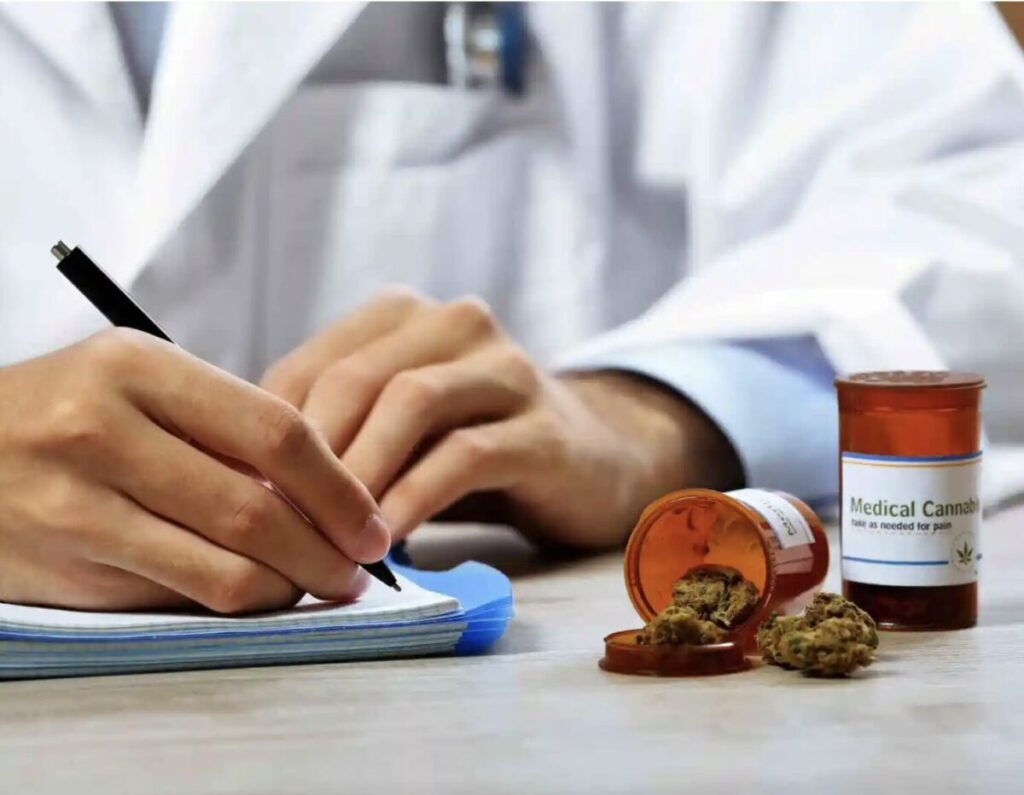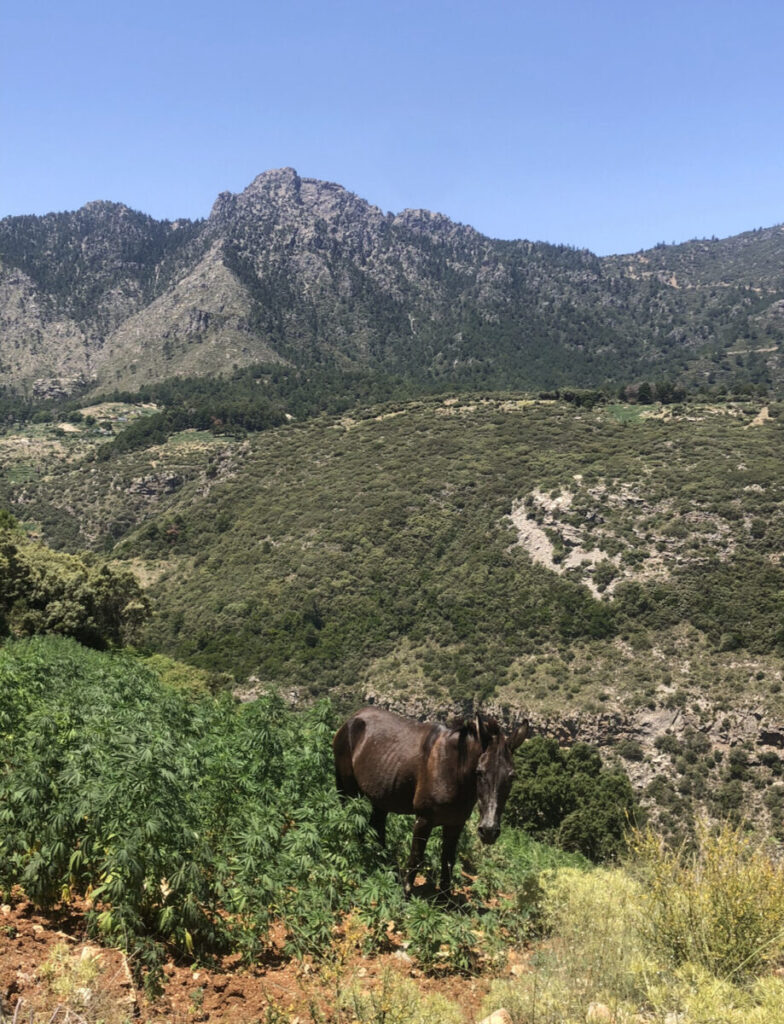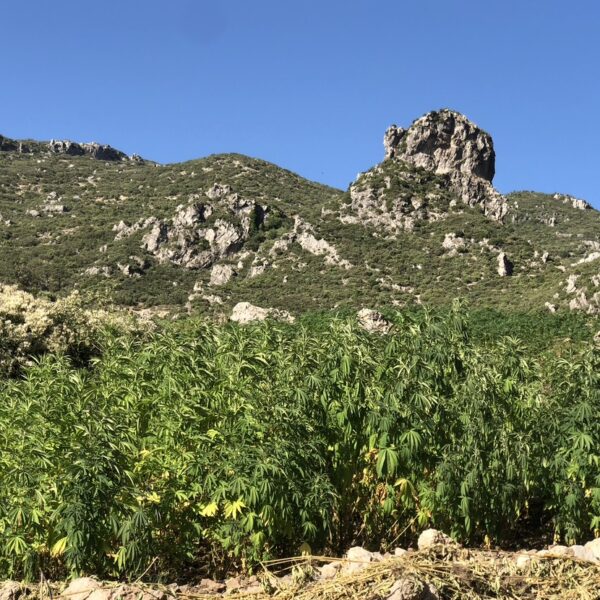In Morocco, medical and industrial cannabis has been legalized since 2021, but the long-awaited acceleration in the commercialization of this substance has only just taken place. A real financial windfall, the legalization of cannabis opens up possibilities for farmers in the Rif Mountains who depend on it, as well as for scientific research. To the point that the kingdom now sees itself as a leader in therapeutic cannabis worldwide...
It's official since June 1st: 9 dietary supplements and 10 cosmetic products, all based on cannabis, have been registered by the Directorate of Medicines and Pharmacy. They will now be available in pharmacies throughout the Kingdom. Two months earlier, the Moroccan media reported it: 294 tons of cannabis legally grown were harvested in 2023, the first official harvest since the legalization of this crop three years ago. Following this, the country exported its first batch of test products for healthcare industries in Europe.
A plant cultivated for hundreds of years
For Morocco, it is a real turning point, that of its entry into a market estimated at several billion dirhams (equivalent to several million euros). “The country is conducive to cannabis cultivation due to its geography, available land, and above all, thanks to its ancestral agricultural expertise in the field,” emphasizes Professor Redouane Rabii, a urologist surgeon and president of the Moroccan Consultative Association for Cannabis Use (AMCUC). For hundreds of years, the plant has been cultivated in the mountainous region of the Rif in the north of the country, and until 2021, government policies towards it alternated between tolerance and severe repression. In 2018, the United Nations Office on Drugs and Crime (UNODC) estimated the cultivated area of cannabis in Morocco at 47,500 hectares. Between 90,000 and 140,000 growers depend on this crop for a living, and the Ministry of the Interior had promised in 2021: the legal framework should now allow them to receive 12% of the final turnover, three times more than in the illegal circuit.
Three years later, the interest in legalizing the sector, at the local level, is starting to be felt. "Out of about forty cooperatives specialized in this sector, most have accepted the process," explains Redouane Rabii. "The vision has changed, and we see some children of farmers going to study agriculture to come back and help their parents in a modern way... Today, we are talking about a trade with real protection."
Familiarize the medical staff of the kingdom with the use of cannabis

Another highly scrutinized promise is that of better regulation of foreign seeds allowing for higher yields but requiring large amounts of water. However, the regions concerned are experiencing their sixth consecutive drought, just like the rest of the country... Therefore, the authorities are betting on bringing back to the forefront the so-called beldiya seed ("traditional"), cultivated for centuries in the mountains, resistant to water, and lower in THC... “The beldiya, endemic to Morocco, has been neglected for years or mixed with other seeds intended for recreational use,” explains Redouane Rabii. “Today, the INRA and the ANRAC (National Agency for the Regulation of Cannabis-Related Activities) are conducting studies to restore the uniformity and homogeneity of this plant in terms of its heritage, in all regions.” The objective is then to use this endemic seed in the developing therapeutic sector. The AMCUC is working towards this goal by training specialists, general practitioners, and pharmacists for three years within the "Takwine project," in partnership with Pharma 5, one of the three pharmaceutical laboratories that have obtained a license to operate cannabis in Morocco. The idea is to familiarize the medical personnel of the Kingdom with prescribing and dosing this plant, as Redouane Rabii is certain, “Morocco can become an expert country in medical cannabis.”
Meanwhile, more and more individuals as well as industrialists are entering the loop: over 2900 permits for legal production have been issued since January by the ANRAC, totaling over 2,500 hectares of cultivation, divided between industrial and medical use.
However, illegal trade continues to grow nonetheless... Indeed, the recreational use of cannabis is increasing, in Africa more than anywhere else according to the UNDOC. In Morocco, these two branches, legal and illegal, are therefore called to coexist. It remains to be seen in the years to come which one will manage to prevail in the world.
*The last comprehensive study on cannabis culture in Morocco, conducted jointly between UNDOC and the Moroccan government, dates back to 2004.

